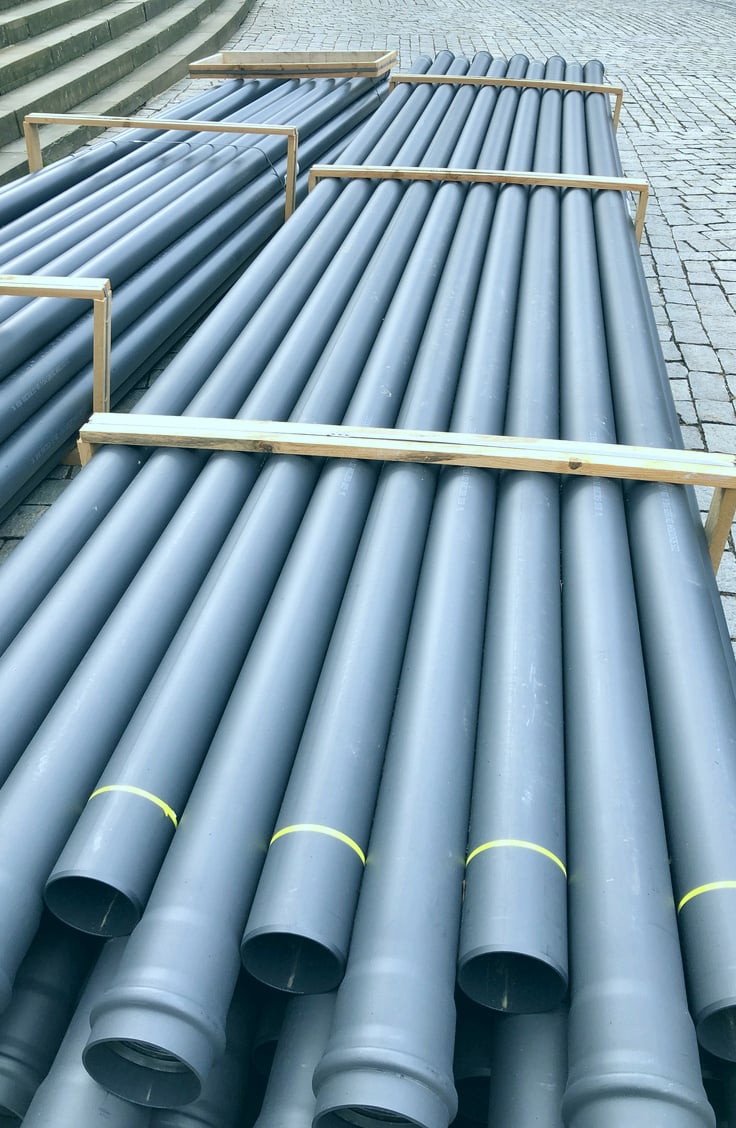
Your LTL carriers are asking you for more freight; but when you give them some of your large shipments….surprise! A big surcharge appears on your bill after-the-fact. Nobody likes surprise surcharges and the cubic capacity or density deficit surcharge can be a big one. To avoid it, lets understand it.
What is a freight surcharge?
A surcharge is a fee added into a transportation rate to offset additional handling charges that are too complicated or dynamic to build into standardized rates.
The most common example of a surcharge is fuel surcharge. Since fuel varies from week to week and can vary a lot over time, all carriers build their rates with some “base fuel cost” assumption and then layer on a fuel surcharge that varies from week to week as fuel prices vary.
Why is a shipment surcharged for cubic capacity or density deficit?
Determining the price an LTL carrier charges starts with understanding their cost because they will always strive to charge you more than it costs them. After all, that’s how they make a profit!
So each carrier builds their rates with certain assumptions about what the ideal freight profile and mix for their network will be. That freight profile will let them maximize the amount of freight in each trailer at all times. Maximizing freight in a trailer involves a combination of factors like weight, cubic feet, and shape. You can probably visualize how easily a bunch of 48”x48”x48” cubes would fit very nicely and easily into a trailer. And if each of those 48”x48”x48” cubes allowed for stacking 2 high…well that is 52 cubes on a trailer. That means each one could weigh 865 lbs and the trailer would max out for weight at the same time it maxed out for cubic feet of freight. But, freight comes in all sizes, shapes and weights so LTL carriers have developed their guidelines in terms of the cubic space a shipment requires and the density of that shipment. Our 48”x48”x48” pallet weighing 865 lbs from above has a density of 13.52 whereas a 52”x 48”x 60” pallet weighing 750 lbs only has a density of 8.65. Small changes in dimensions and weight can result in big differences in density.
And, when calculating density you calculate it to a uniform cubic feet. So each dimension uses the longest measurement of the dimension. Why? Because those pieces of freight that are not uniform, don’t fit nicely with other freight reducing the “packability” of the trailer and raising the carriers cost to move.
This particular trade-off between density and cubic volume has been a major focus of LTL carriers over the past 4 years and is the reason you see dimensional scanners becoming commonplace at crossdocks throughout almost all carrier networks.
Bottom line, if your shipment falls outside the carrier’s target size or density; your shipment presents an opportunity cost to the carrier and so they either apply a surcharge to your shipment, refuse your shipment to haul others, or do nothing and operate sub-optimally.
When does a Cubic Capacity or Density Deficit Surcharge apply?
When cubic capacity or density deficit applies is addressed in the carrier’s tariff, which means each LTL carrier can have different rules and charges. And each carrier’s tariff also sets how to calculate surcharge because they each apply some kind of standardization to skid dimensions in an effort to uniformly unitize for stowability. The most common example of this is carriers whose rule when calculating for cubic capacity or density deficit says skids less than 52” tall will be calculated as 52”.
In general, carriers like the most dense shipments. But cubic capacity or density deficit generally applies when a shipment requires more than 750 standardized cubic feet and shipment density falls below 4. This surcharge is applied to the shipment, so shipments of multiple skids requires a consolidated density calculation.
An example…
Assume you are shipping 4 pallets of product as follows: 1 skid 48”x 32”x 61” 477 lbs, 1 skid 48”x 48”x 59” 330 lbs, 1 skid 44”x44”x45” 328 lbs and 1 skid 48”x 43”x 56” 218 lbs. You calculate your shipment will use 385 CF and the shipment density is 3.51 even though your individual skid densities range from 3.2 to 8.8 for class purposes.
With this information you can now check the surcharge applicability in the tariffs for each of the carriers you are considering for this shipment. If the applicability was “surcharge applies when shipment exceeds 750 cubic feet AND has a density less than 4.0 you are good…it doesn’t apply. But if that AND was an OR….it would apply.
Two Strategies to Manage Cubic Capacity or Density Deficit Surcharge
- Leverage your 3PL’s tools. Many 3PL’s have tools to quickly identify shipments that are low density, high cubic volume or both and can streamline when this surcharge applies. Since these rules are very complex the identification step enables the use of cost mitigation strategies.
- Leverage your 3PL’s experience. Beyond tools, your 3PL should be a source of cost mitigation strategies for these shipments. From something as simple as knowing which LTL carriers are least sensitive to large low density shipments to shifting mode from LTL to volume or partial truckload to strategies for how to redesign the shipment for better density a holistic logistics partner can help.
Customodal, part of TForce Worldwide offers a full line of brokerage and freight forwarding services including LTL, full truckload, expedite, courier, Air, Ocean, and Intermodal rail. Learn more about us online at Customodal.com or call 800-445-6577.



